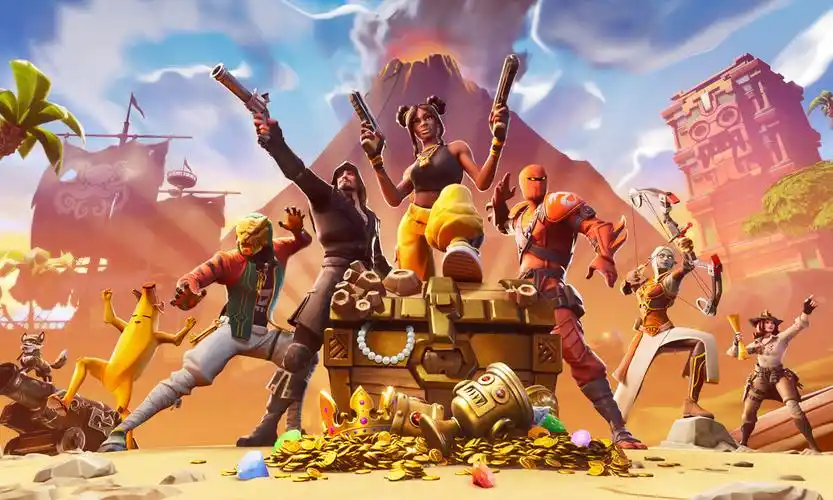Animal Crossing: New Horizons - Fossils: Rarity Ranking & Review
Introduction
Animal Crossing: New Horizons (ACNH) offers players a delightful mix of relaxation, creativity, and exploration. Among its many features, fossil hunting stands out as a rewarding activity that blends education with in-game rewards. Players can dig up fossils daily, donate them to Blathers' museum, or sell them for Bells. But not all fossils are created equal—some are rarer and more valuable than others.
In this article, we’ll explore the rarity ranking of fossils in Animal Crossing: New Horizons, their in-game value, and their real-world paleontological significance. Whether you're a completionist, a Bell-hungry entrepreneur, or just a curious player, this guide will help you understand the fossil mechanics better.
How Fossil Hunting Works in ACNH
Before diving into rarity, let’s recap how fossils function in the game:
- Daily Spawns – Four to five fossils spawn on your island each day (unless blocked by objects).
- Digging & Identification – Use a shovel to unearth them, then take them to Blathers for assessment.
- Donation or Sale – Complete your museum collection or sell duplicates for Bells.
Fossils are randomized, but some appear far less frequently than others.
Fossil Rarity Ranking
Not all fossils have the same spawn rate. Based on community data and player observations, we’ve categorized them into three tiers:
1. Common Fossils (Frequently Spawning)
These appear often and are usually the first ones players complete in their museum.
- Ammonite
- Ankylo Tail
- Dinosaur Track
- Juramaia
- Trilobite
Why are they common? These fossils are small and often come from abundant prehistoric species.
2. Uncommon Fossils (Moderate Spawn Rate)
These take a bit more time to collect but aren’t excessively rare.
- Brachio Skull
- Diplo Neck
- Mammoth Torso
- Ptera Body
- T. Rex Tail
Why are they uncommon? Some require multiple parts (e.g., Diplodocus), making them harder to complete.
3. Rare Fossils (Hardest to Find)
These fossils are elusive, often the last ones players need to finish their collection.
- Archaeopteryx
- Dimetrodon Skull
- Left Megalo Side
- Right Quetzal Wing
- Tricera Torso
Why are they rare? Their spawn rates seem intentionally lower, possibly to extend gameplay engagement.
Most Valuable Fossils for Selling
If you're farming Bells, some fossils sell for significantly more than others. Here are the top five most valuable (based on Nook’s Cranny prices):
- T. Rex Skull – 6,000 Bells
- Brachio Chest – 5,500 Bells
- Diplo Tail Tip – 5,000 Bells
- Mammoth Skull – 4,500 Bells
- Plesio Tail – 4,500 Bells
Pro Tip: Selling assessed fossils to Flick (when he visits) nets you 1.5x the usual price!
Real-World Paleontology vs. ACNH Fossils
Animal Crossing does a surprisingly good job of representing real fossils. Here’s how some in-game fossils compare to their real-life counterparts:

- Archaeopteryx – Known as the "first bird," this fossil bridges dinosaurs and modern birds.
- Triceratops – A well-known herbivorous dinosaur with three horns.
- Ammonite – An extinct marine mollusk, often found as spiral fossils.
Blathers’ fun facts add an educational layer, making fossil hunting both entertaining and informative.
Tips for Completing Your Fossil Collection
- Check Daily – Don’t miss fossil spawns; they reset every morning.
- Trade with Friends – Some fossils are easier to obtain via multiplayer trading.
- Use Custom Designs – Mark dig spots to avoid missing fossils.
- Visit Mystery Islands – Occasionally, you can find extra fossils there.
Conclusion
Fossil hunting in Animal Crossing: New Horizons is a satisfying blend of luck, persistence, and learning. While some fossils are frustratingly rare, the thrill of finally completing your museum exhibit is unmatched. Whether you're a collector, a seller, or just a casual player, understanding fossil rarity can enhance your gameplay experience.
Now grab your shovel and happy digging!
Tags:



















